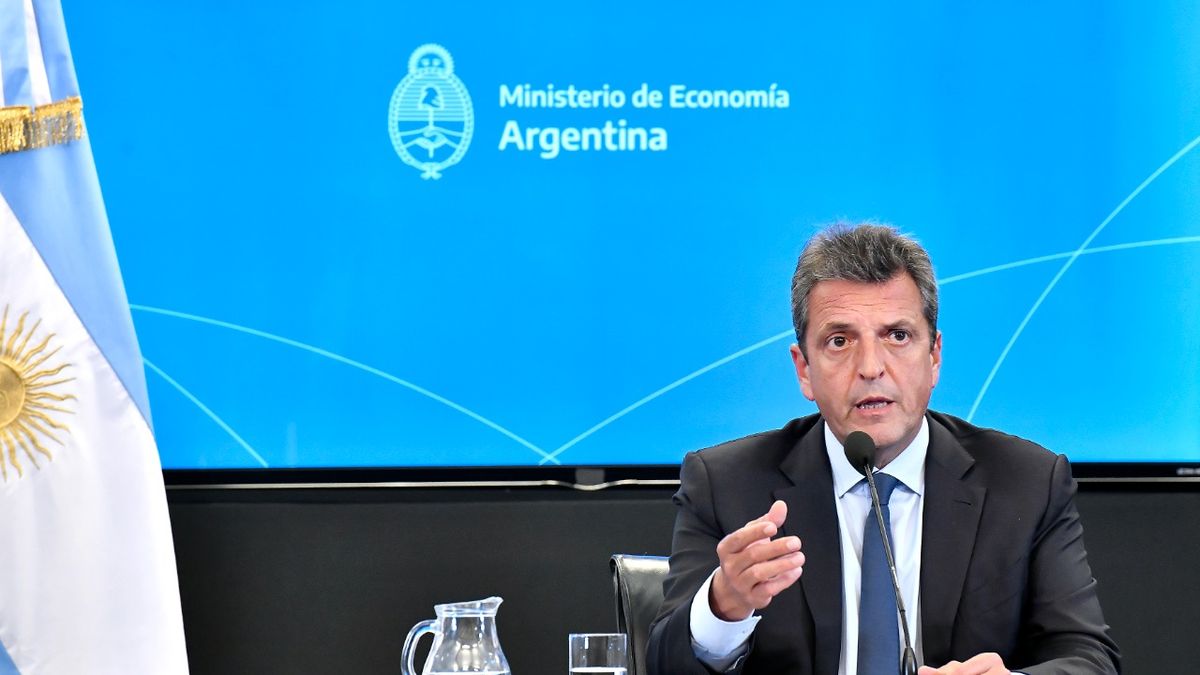The Congressional Budget Office (OPC) estimated that last year the government left 6.4% of the spending of the National Public Administration pending payment, which includes the central administration, decentralized agencies and social security institutions. In 2021 it had been 5.6% and in 2020, 3.5%. The technical office of the Legislative Branch reported in its last analysis of budgetary management that last year expenses for $16.2 trillion were generated, so that what would have left to pay in 2023 would be approximately $1 trillion, although not all of this will enter into the calculations of the agreement with the IMF.
Although in all budgetary exercises payments from previous years are received and in turn are pending for the following years, what was left over from last year measured as a percentage of total spending is the highest since 2013 when it was 6.9%. Most likely, a large part of that debt will carry over to fiscal year 2024.
At the beginning of 2023, Massa is going to play with the seasonality of expenses to show the markets convincing figures for cuts and primary balance.
In this regard, the consultancy Ecolatina points out that this “would allow us to continue giving positive signals to the market in tax matters.” “An important point is that the high base of comparison left by the first half of 2022 will also play in favor when showing a reduction in spending dynamics in its year-on-year comparison.”, says Ecolatina. Clearly, In the first semester of 2022, the expenditures had a real increase of the order of 12%, led by the former minister Martín Guzmán. So in real terms, the figures for the drop in spending that are going to be seen between January and April are going to be important.
There are also economists who consider thatThe Government will only have that margin for adjustment until June. After that, as you enter the middle of the electoral campaign, it may be more difficult for you to maintain the spending cuts, unless Massa can show significant success in reducing inflation. “It will be necessary to closely monitor the tensions between the political-political agenda (prioritizing social and electoral issues) and political-economic (prioritizing macroeconomic stability),” said Ecolatina.
In 2023, the Government will have a monetary financing margin with the BCRA equivalent to 0.6% of GDP, which implies some $883,000 million with a nominal growth of 35% compared to 2022. In the first quarter, this resource may be used up to $139.300 million, in the second up to $372.800 and in the third up to $651.400 million.
On Friday the Palacio de Hacienda announced that the primary deficit for 2022 was 2.4% of GDP, thus exceeding the goal agreed upon in the agreement with the IMF of 2.5%.
“Between January and December, a primary deficit of $1,955,140.8 million accumulates, considering the limit to income from the primary issuance of public titles (0.3% of GDP)”, specified a statement from the Palace of Finance. That resource, according to the agreement with the Fund, The one to include the accounting profits generated by the placement of bonds below par, cannot be used in 2023.
Source: Ambito
David William is a talented author who has made a name for himself in the world of writing. He is a professional author who writes on a wide range of topics, from general interest to opinion news. David is currently working as a writer at 24 hours worlds where he brings his unique perspective and in-depth research to his articles, making them both informative and engaging.




